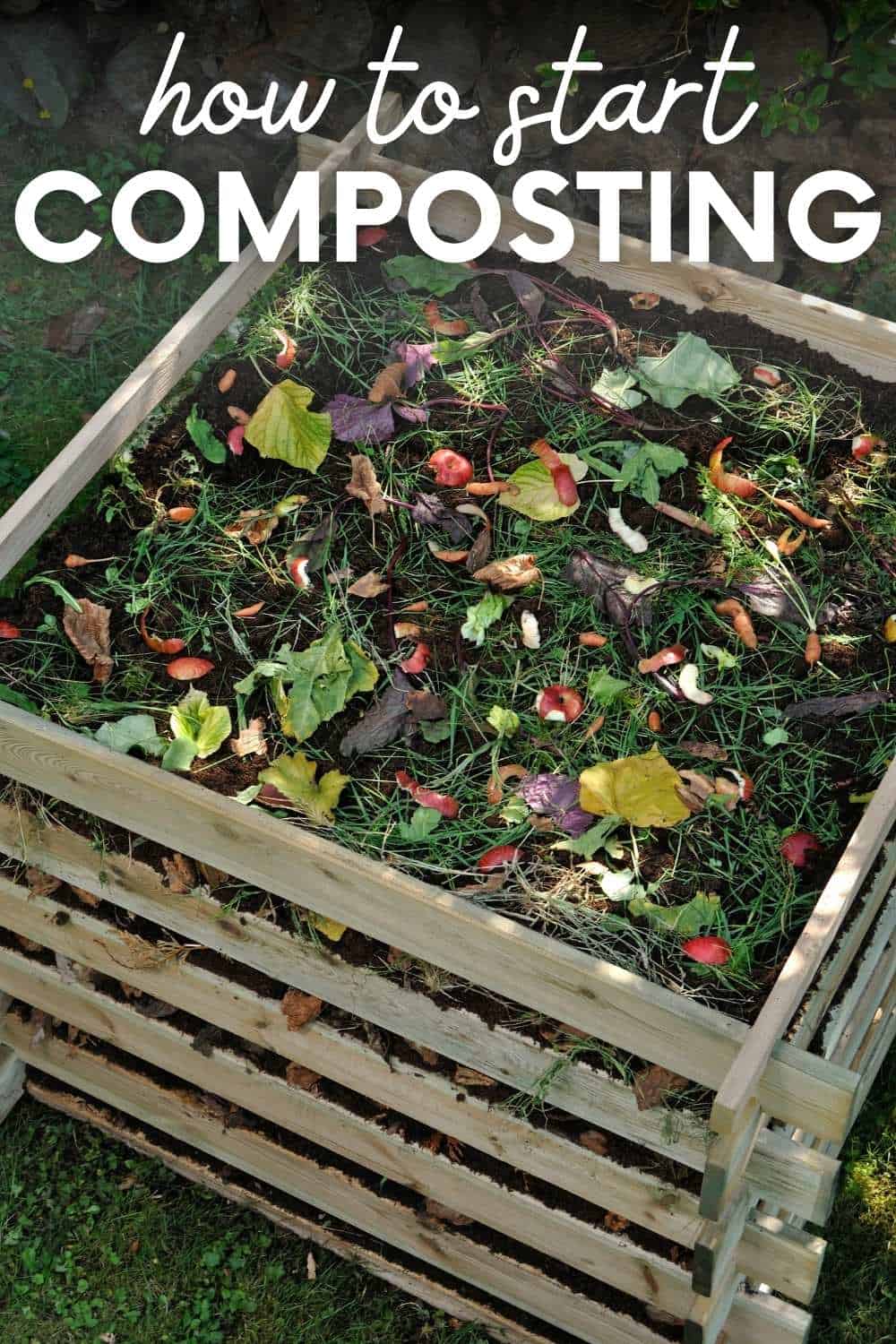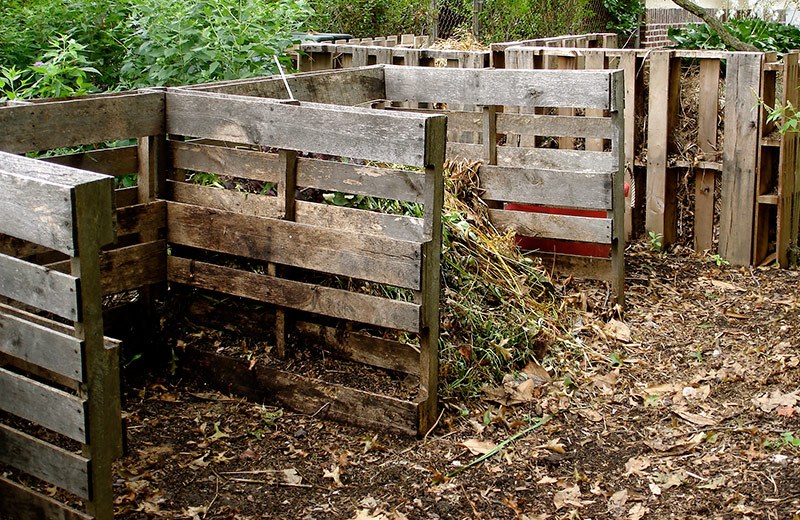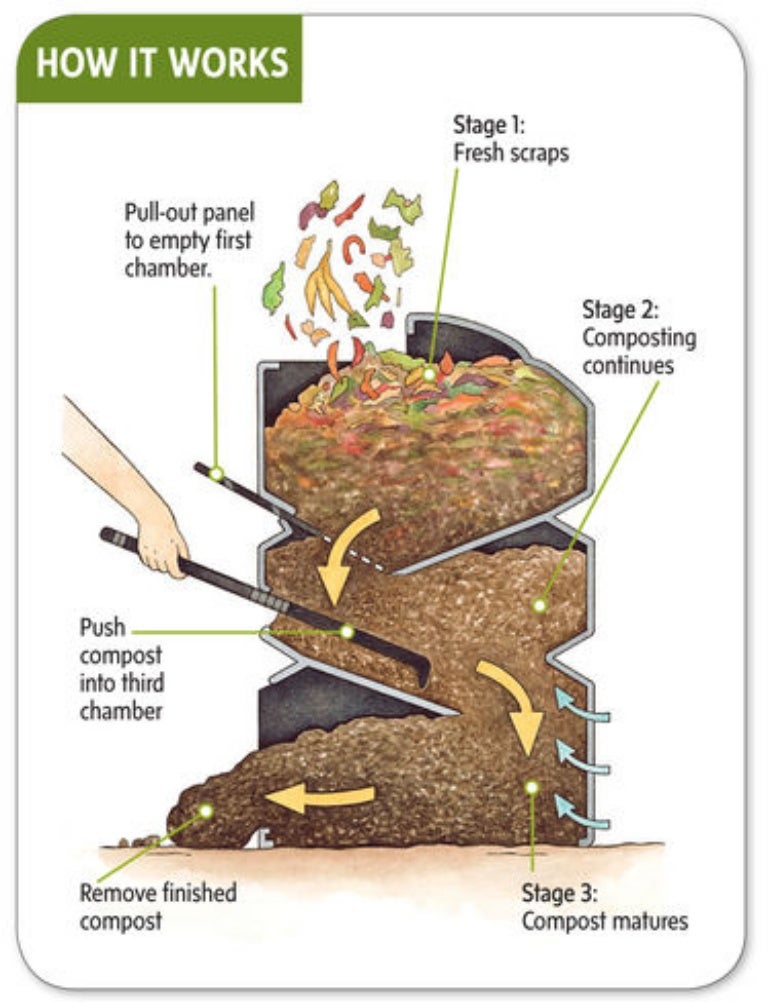Why Composting Matters for a Sustainable Future
Composting is a simple yet effective way to reduce waste, conserve natural resources, and promote sustainable gardening practices. By converting organic materials like food scraps, leaves, and grass clippings into a nutrient-rich soil amendment, composting helps to divert waste from landfills and reduce greenhouse gas emissions. This eco-friendly practice also supports healthy plant growth, reduces the need for synthetic fertilizers, and helps to mitigate climate change.
As the world grapples with the challenges of climate change, environmental degradation, and resource depletion, composting has become an essential tool for creating a more sustainable future. By adopting composting practices, individuals can make a significant impact on reducing their carbon footprint and promoting environmental stewardship. Moreover, composting can help to improve soil health, increase crop yields, and support biodiversity, making it an essential component of sustainable agriculture.
For those looking to make a positive impact on the environment, learning how to make a compost bin is a great place to start. By creating a composting system, individuals can take control of their waste management, reduce their reliance on synthetic fertilizers, and promote sustainable gardening practices. Whether you’re a seasoned gardener or just starting out, composting is a simple and effective way to make a difference.
So, why not start your composting journey today? With a little creativity and some basic materials, you can create a thriving compost ecosystem that benefits both you and the environment. From reducing waste to promoting sustainable gardening practices, the benefits of composting are numerous and far-reaching. By learning how to make a compost bin, you’ll be taking the first step towards a more sustainable future.
Choosing the Right Location for Your Compost Bin
When it comes to creating a thriving compost ecosystem, selecting the right location for your compost bin is crucial. The ideal location should receive partial sunlight, have good drainage, and be easily accessible. Avoid placing your compost bin in areas with standing water or where water tends to collect, as this can lead to anaerobic conditions and unpleasant odors.
Consider the proximity of your compost bin to your garden or yard. Ideally, it should be located near the area where you plan to use the compost, making it easier to transport and incorporate into your soil. Additionally, choose a location that is out of direct sunlight, as this can cause the compost to dry out too quickly.
Another important factor to consider is accessibility. Choose a location that is easy to reach with a wheelbarrow or bucket, making it simple to add materials and turn the compost. Avoid placing your compost bin in a location that is difficult to access, as this can lead to neglect and poor maintenance.
Before setting up your compost bin, prepare the site by clearing any debris or vegetation. If necessary, level the ground to ensure the bin sits evenly and securely. By choosing the right location and preparing the site, you’ll be well on your way to creating a thriving compost ecosystem that benefits both you and the environment.
Materials and Tools Needed to Build a Compost Bin
Building a compost bin requires a few essential materials and tools. To create a durable and weather-resistant bin, you’ll need the following materials:
Wood: You can use untreated wood, such as cedar or pine, to build the frame of your compost bin. Make sure to choose wood that is resistant to rot and insect damage.
Wire mesh: Wire mesh is necessary to keep pests and rodents out of your compost bin. Choose a mesh with openings of 1/4 inch or smaller to prevent pests from getting inside.
Drill: A drill is necessary for assembling the frame of your compost bin and attaching the wire mesh.
Other materials: You may also need some additional materials, such as screws, nails, and weather-resistant glue, to assemble and secure your compost bin.
When selecting materials for your compost bin, make sure to choose durable and weather-resistant options. This will ensure that your bin lasts for many years and can withstand the elements.
Some popular alternatives to traditional wood compost bins include plastic bins, metal bins, and tumblers. These options are often more durable and require less maintenance than traditional wood bins.
Regardless of the materials you choose, make sure to follow proper safety precautions when building your compost bin. Wear protective gloves and eyewear, and work in a well-ventilated area to avoid inhaling dust and debris.
Step-by-Step Instructions for Building a Compost Bin
Building a compost bin is a relatively simple process that requires some basic materials and tools. Here’s a step-by-step guide to help you get started:
Step 1: Assemble the Frame
Begin by assembling the frame of your compost bin using the wood and screws. Make sure the frame is sturdy and can hold the weight of the compost materials. You can use a pre-made frame or build one from scratch using 2×4 lumber.
Step 2: Attach the Wire Mesh
Once the frame is assembled, attach the wire mesh to the sides and bottom of the bin. This will help keep pests and rodents out of the compost. Make sure the mesh is securely attached using wire or screws.
Step 3: Add a Lid
Add a lid to the top of the compost bin to make it easy to add materials and turn the compost. You can use a pre-made lid or build one from scratch using wood and hinges.
Step 4: Add a Door or Access Panel
Add a door or access panel to the side of the compost bin to make it easy to add materials and turn the compost. This will also help you to monitor the composting process and make adjustments as needed.
Step 5: Finish and Protect the Bin
Once the compost bin is assembled, finish and protect it using a weather-resistant sealant or paint. This will help to extend the life of the bin and protect it from the elements.
By following these steps, you can create a functional and effective compost bin that will help you to reduce waste and create a nutrient-rich soil amendment for your garden.
Remember to always follow proper safety precautions when building and using your compost bin, and happy composting!
Tips for Maintaining a Healthy Compost Bin
Maintaining a healthy compost bin requires regular monitoring and maintenance. Here are some tips to help you keep your compost bin thriving:
Add the Right Balance of “Green” and “Brown” Materials
A healthy compost bin requires a balance of “green” and “brown” materials. Green materials, such as food scraps and grass clippings, are high in nitrogen and help to speed up the composting process. Brown materials, such as leaves and twigs, are high in carbon and help to slow down the composting process. Aim to add a mix of 2/3 brown materials and 1/3 green materials to your compost bin.
Monitor Moisture Levels
Compost needs to be kept moist, but not waterlogged. Aim to keep the compost bin at a consistency like a damp sponge. If the compost is too dry, it will not break down properly. If it is too wet, it will become anaerobic and start to smell.
Turn the Compost Regularly
Turning the compost regularly helps to aerate the materials and speed up the composting process. Aim to turn the compost every 7-10 days, or when you notice it starting to smell.
Add Bulking Agents
Bulking agents, such as straw or shredded newspaper, help to absorb excess moisture and improve airflow in the compost bin. Add a handful of bulking agents to the compost bin every time you add new materials.
Monitor Temperature
Compost piles can get hot, with temperatures reaching up to 160°F. Monitor the temperature of your compost bin regularly and turn it if it gets too hot.
By following these tips, you can maintain a healthy compost bin and create a nutrient-rich soil amendment for your garden.
Common Mistakes to Avoid When Composting
While composting is a relatively simple process, there are some common mistakes to avoid in order to ensure a healthy and thriving compost ecosystem. Here are some of the most common mistakes to watch out for:
Adding Too Many Weeds
Weeds can be a problem in compost bins, as they can spread their seeds and take over the compost. Avoid adding weeds with seeds, such as dandelions or thistles, to your compost bin. Instead, focus on adding a mix of “green” and “brown” materials, such as food scraps and leaves.
Adding Pet Waste
Pet waste can be a problem in compost bins, as it can attract pests and create unpleasant odors. Avoid adding pet waste to your compost bin, and instead focus on adding a mix of “green” and “brown” materials.
Not Turning the Compost Frequently Enough
Turning the compost regularly is essential to ensure that it breaks down properly. Avoid neglecting to turn the compost, as this can lead to anaerobic conditions and unpleasant odors. Instead, aim to turn the compost every 7-10 days, or when you notice it starting to smell.
Adding Too Much Water
Compost needs to be kept moist, but not waterlogged. Avoid adding too much water to your compost bin, as this can lead to anaerobic conditions and unpleasant odors. Instead, aim to keep the compost bin at a consistency like a damp sponge.
Not Monitoring Temperature
Compost piles can get hot, with temperatures reaching up to 160°F. Avoid neglecting to monitor the temperature of your compost bin, as this can lead to the death of beneficial microorganisms. Instead, aim to monitor the temperature regularly and turn the compost if it gets too hot.
By avoiding these common mistakes, you can create a healthy and thriving compost ecosystem that will provide you with a nutrient-rich soil amendment for your garden.
Using Your Compost to Create a Thriving Garden
Compost is a valuable resource for gardeners, as it can help to improve soil structure, increase fertility, and reduce waste. By incorporating compost into your gardening routine, you can create a thriving garden that is healthy, productive, and sustainable.
Improved Soil Structure
Compost can help to improve soil structure by adding organic matter and nutrients. This can help to improve drainage, aeration, and water-holding capacity, making it easier to grow a wide range of plants.
Increased Fertility
Compost is a rich source of nutrients, including nitrogen, phosphorus, and potassium. By incorporating compost into your soil, you can provide your plants with the nutrients they need to grow and thrive.
Reduced Waste
Composting can help to reduce waste by turning kitchen scraps and yard trimmings into a valuable resource. This can help to reduce the amount of waste that ends up in landfills and conserve natural resources.
Tips for Using Compost in Your Garden
Here are some tips for using compost in your garden:
Add compost to your soil before planting to improve soil structure and fertility.
Use compost as a mulch to retain moisture and suppress weeds.
Make a compost tea by steeping compost in water to create a nutrient-rich liquid fertilizer.
By following these tips, you can use compost to create a thriving garden that is healthy, productive, and sustainable.
Conclusion: Starting Your Composting Journey
Composting is a simple and effective way to reduce waste, conserve natural resources, and promote sustainable gardening practices. By following the tips and guidelines outlined in this article, you can create a thriving compost ecosystem at home and start enjoying the many benefits of composting.
Remember, composting is a journey, and it’s okay to start small. Begin by setting up a compost bin and adding a few simple materials, such as food scraps and yard trimmings. As you become more comfortable with the process, you can experiment with different materials and techniques to create a rich and nutrient-dense compost.
Don’t be discouraged if you encounter setbacks or challenges along the way. Composting is a natural process, and it’s normal for things to go wrong from time to time. The key is to be patient, persistent, and willing to learn and adapt.
By starting your composting journey today, you’ll be taking a important step towards creating a more sustainable future for yourself and your community. So why not get started? With a little creativity and effort, you can turn your waste into a valuable resource and start enjoying the many benefits of composting.








